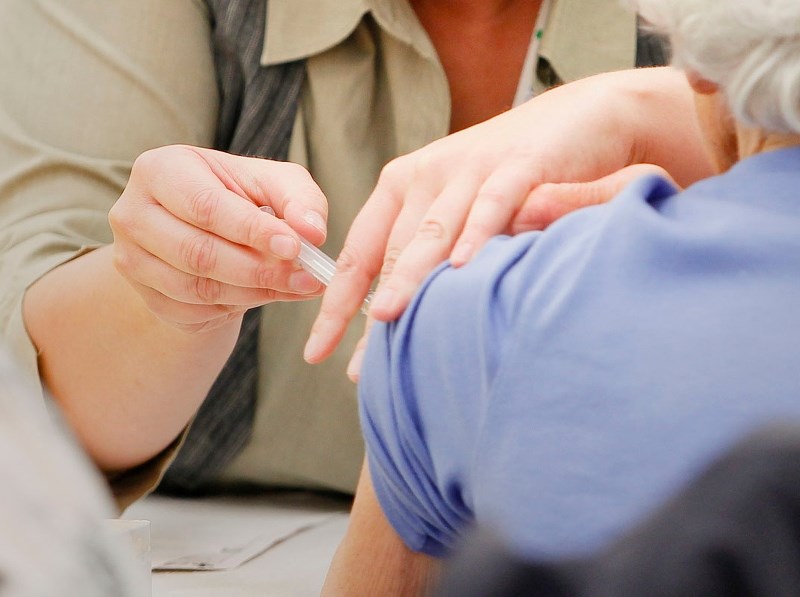The St. Albert area has higher rates of measles immunization than the province or the country as a whole, but a provincial health official says that’s not good enough.
Dr. Martin Lavoie, the deputy chief medical officer of health for the Alberta government, while the rates in the province are comparable to the national average and have been rising, and those in St. Albert are slightly higher still, they’re not high enough to prevent a potential outbreak.
“Hopefully it will continue to go up; the rates are not that bad but we still have a little way to go in terms of reaching those targets we have,” he said.
For measles, often used as an example because it is “probably the most contagious disease known to man,” a rate of 98 per cent is the goal from a public health perspective, as that would virtually eliminate the possibility of transmission.
The national average for measles immunization in Canada in 2013 was 89 per cent, according to Statistics Canada figures released this week. Information on Alberta Health’s website shows Alberta’s rate was closer to 88 per cent in that same time period, while St. Albert’s rate was 92 per cent. Rates in surrounding Sturgeon County are comparable, with 92 per cent in the eastern part of the county and 91 per cent in the west.
Furthermore, the figures show immunization rates in the province dropped between 2008 and 2011, before rising again between 2011 and 2014.
“We did see a slow drop over the years, which indicates we need to be actively pursuing various messaging to the public and to parents in different ways to remind people of the importance of immunization,” Lavoie said.
He noted the provincial average, and even the regional averages, can skew the picture as it’s not uniform right across the area. There are small religious or cultural communities where rates can be significantly lower, or even close to zero.
“In the south zone in 2013, we had an outbreak of measles in a community where immunization rates were extremely low,” he said. “That was related to a cultural community that was not supportive of immunization.”
There are also factors outside the province that can lead to the spread of the disease. In 2014, for example, there was a very significant outbreak of measles in the Philippines following the devastating typhoon, and because Alberta has so many connections to that country, there were a few cases reported throughout the province.
“We are always vulnerable, and we will always be vulnerable until we eradicate measles from the whole planet,” Lavoie said. “And it’s doable.”
One of the big challenges in keeping immunization rates up, he said, is the now-discredited study by Dr. Andrew Wakefield linking the measles, mumps and rubella (MMR) vaccine to autism, and Lavoie encourages everyone to ensure their information is coming from qualified health-care professionals.
“It’s a long list, with countless experts in the field saying the vaccines we have are extremely effective – they’re not perfect – but they’re extremely effective at preventing disease, reducing the burden of disease and reducing the suffering from those diseases,” he said.
Routine immunizations are free in Alberta, and provided at local public-health clinics and many pharmacies.




